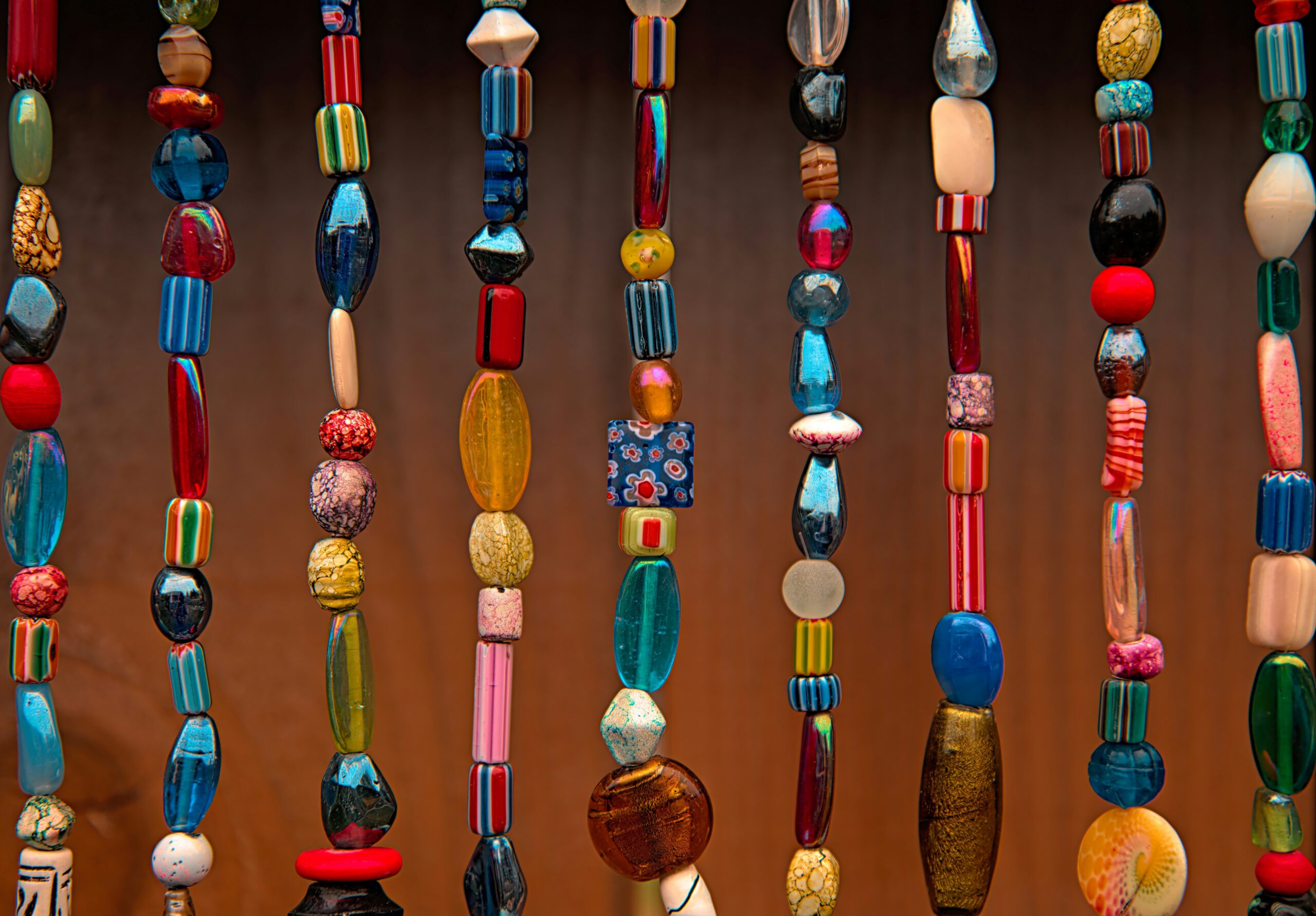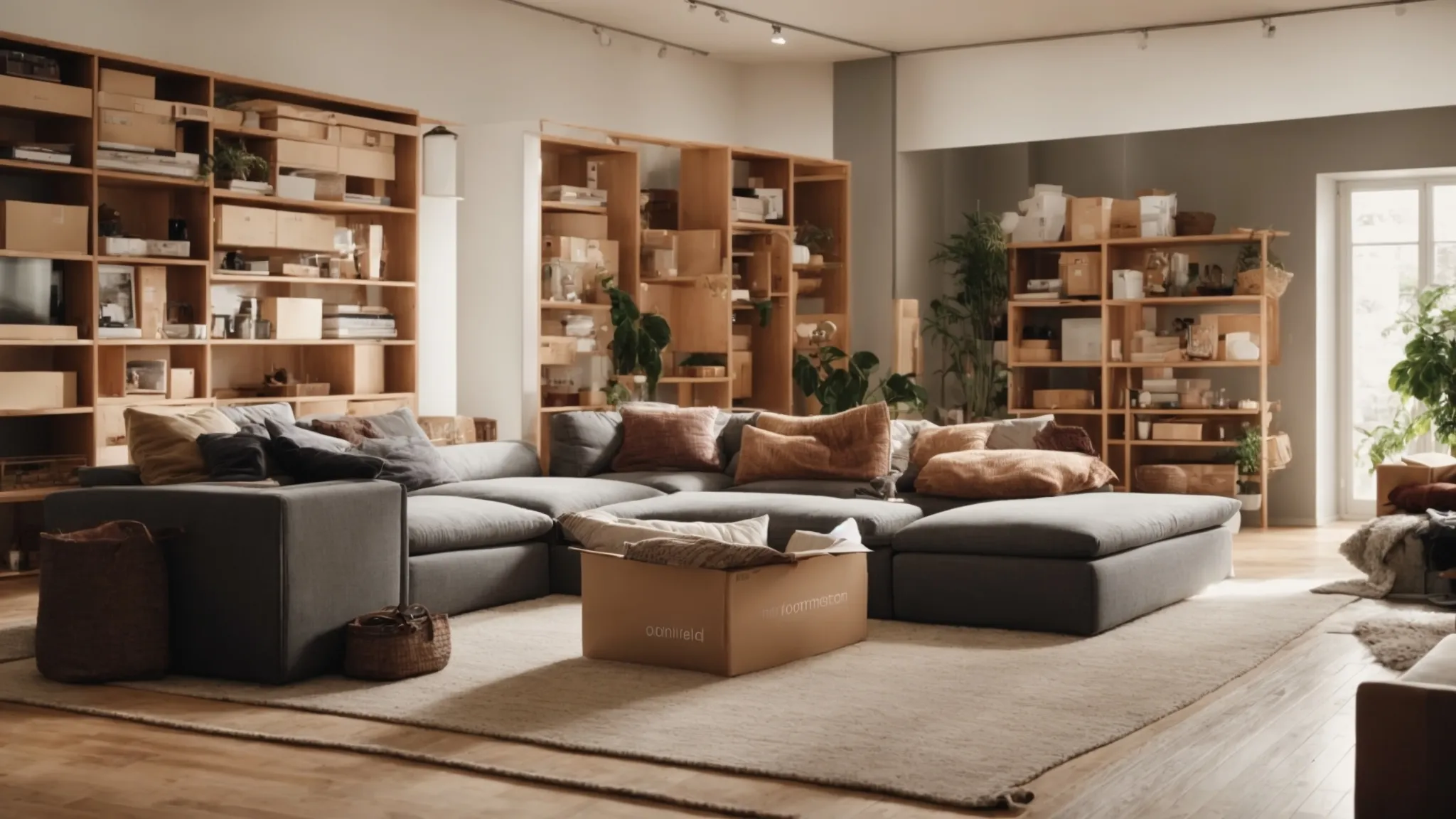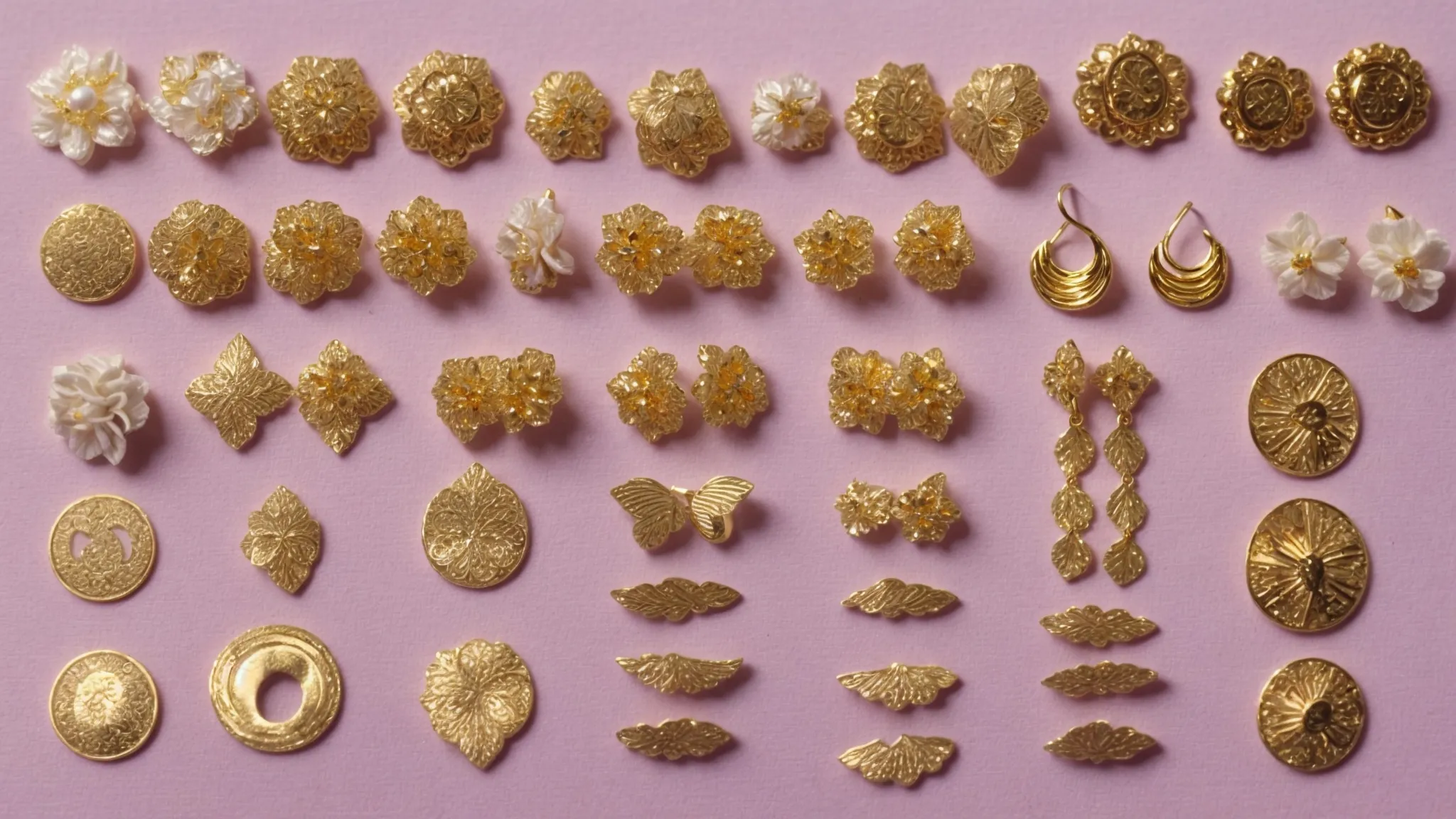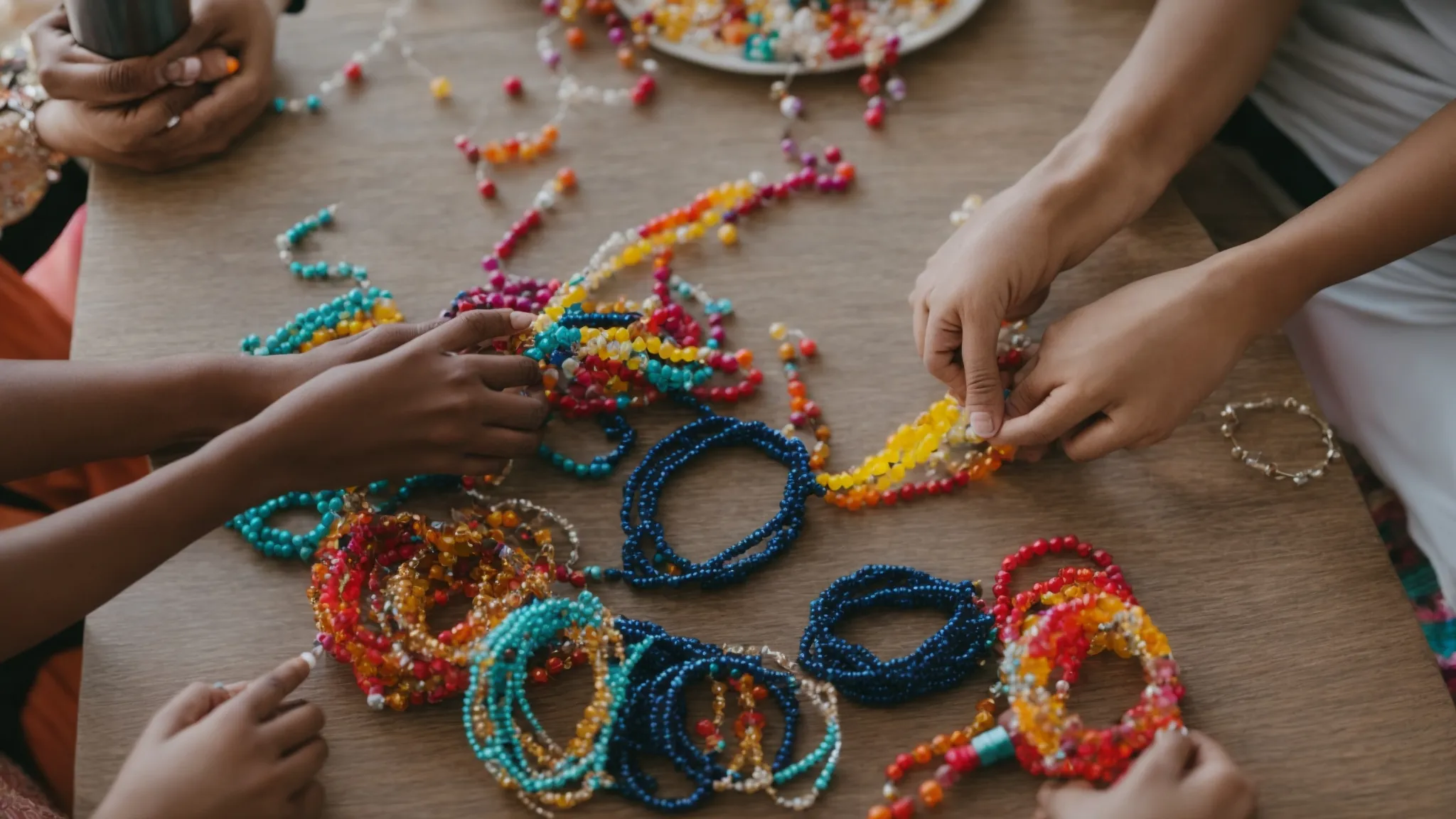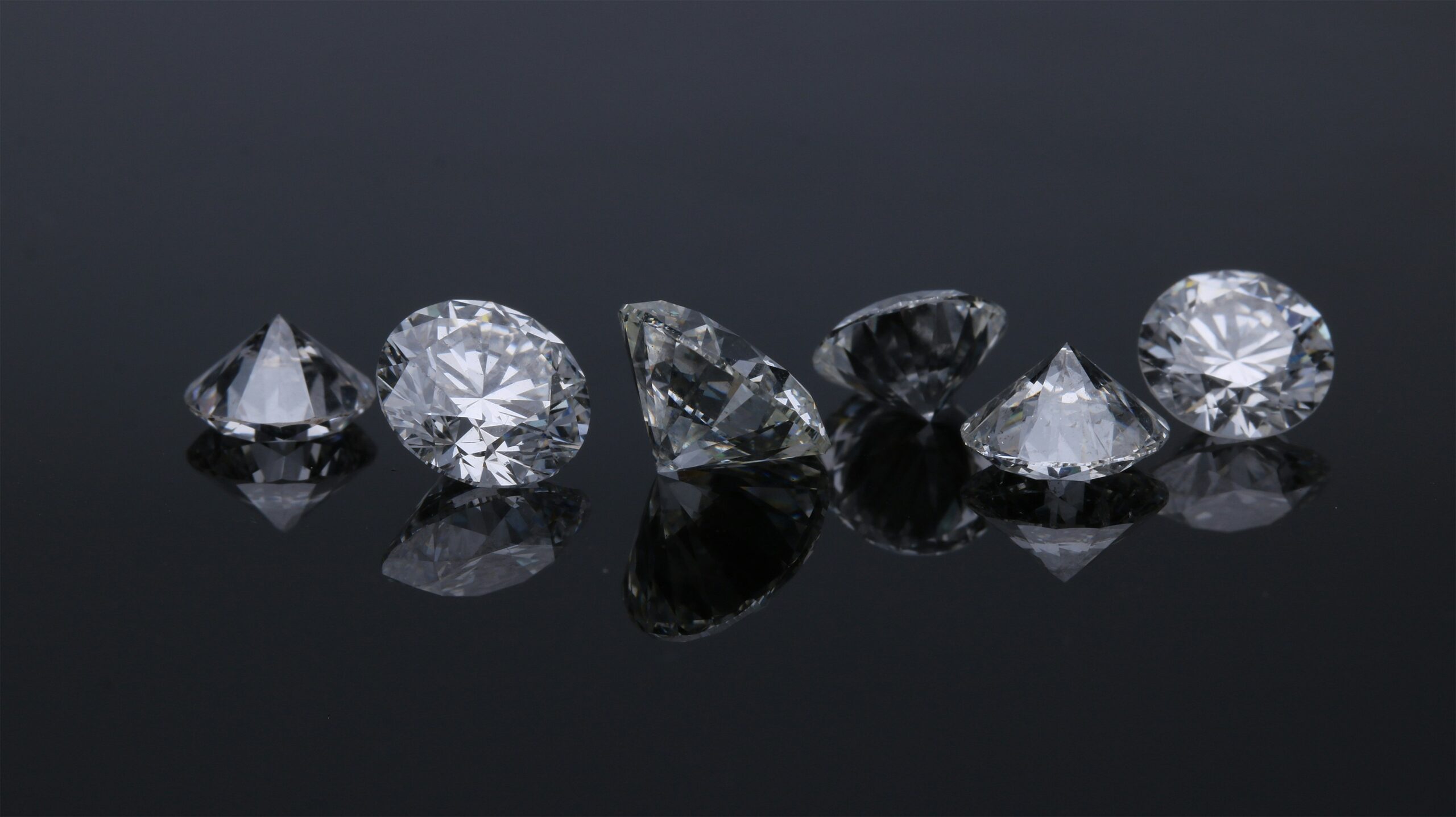Everything You Need for DIY Bead Jewelry
Delving into the world of do-it-yourself bead jewelry is an adventure filled with creativity and personal expression. Whether you’re a seasoned jewelry maker or just starting out, the allure of crafting unique pieces is both rewarding and fun. To embark on this journey, you’ll need some basic supplies, a grasp of various techniques, and the right kind of beads to bring your vision to life. Below, we lay out the key components to help you get started with DIY bead jewelry. Keep reading to discover how you can create stunning pieces from the comfort of your own home.
Essential Tools for Creating Bead Jewelry at Home
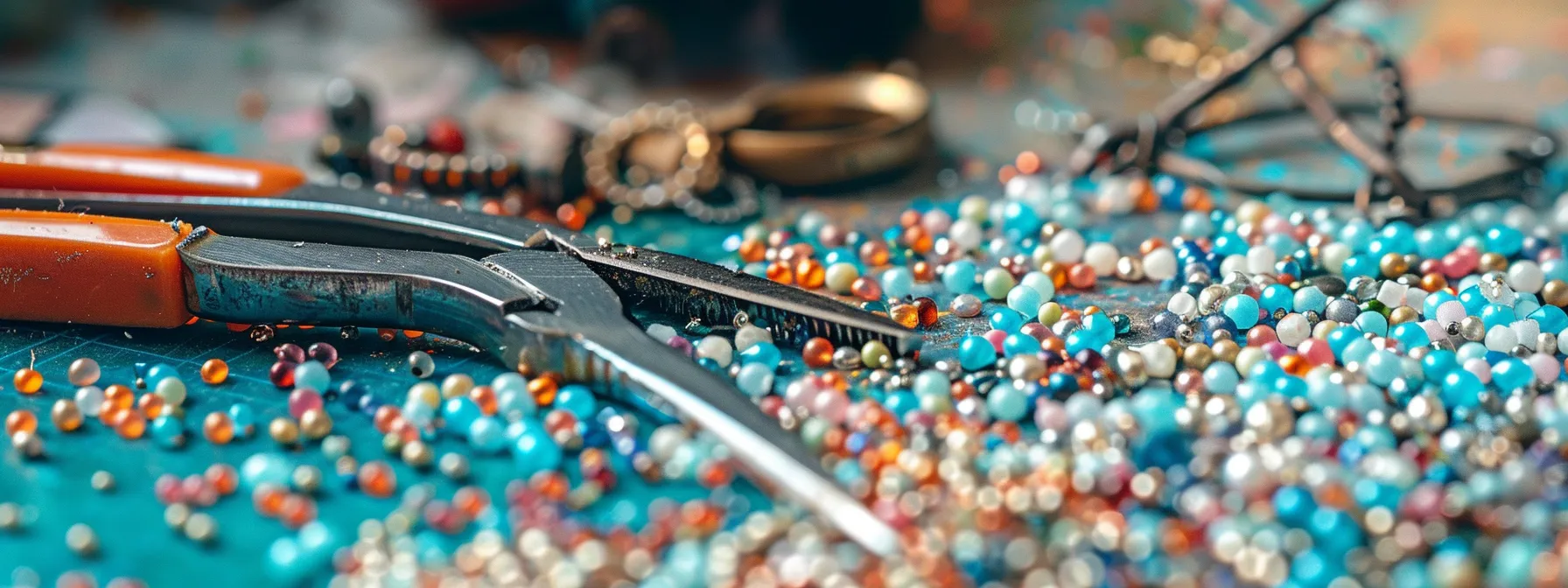
Embarking on your beading adventure begins with equipping yourself with the right tools. A good pair of pliers, ideally with pointed tips, is essential for manipulating wire, clasps, and small beads. You may also want a wire cutter specifically designed for jewelry making to ensure clean cuts. These tools are fundamental in shaping and securing the components of your jewelry pieces.
Next, a bead board is incredibly useful for laying out your designs before stringing. This helps in visualizing the final product and keeping the beads in place. Additionally, a variety of needles and threads should be in your toolbox; they come in different sizes and strengths to accommodate various bead types and sizes.
For those who seek an all-in-one approach, the Pink Letter Bead and Happy Face DIY Jewelry Guitar Bead Box offers a curated selection of beads and tools, which is perfect for beginners. Being prepared with these essential tools not only makes the process more enjoyable but also elevates the quality of your handmade jewelry.
Understanding Bead Sizes and Stringing Materials
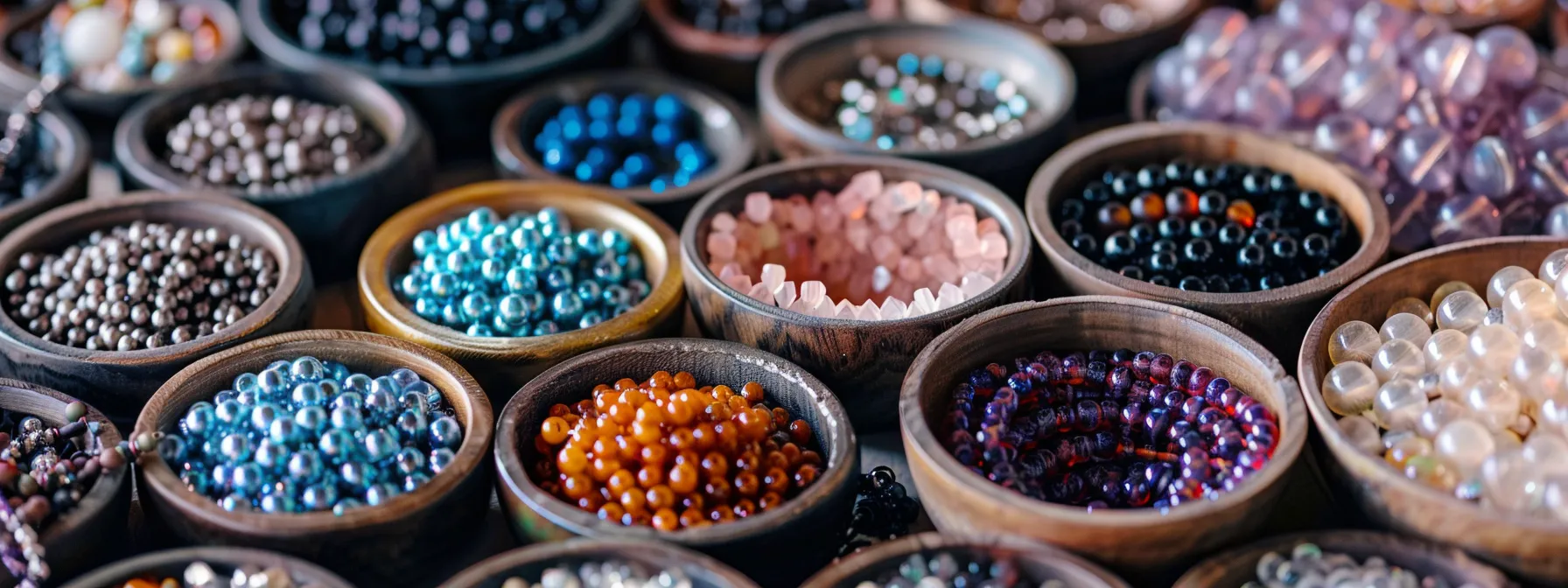
Bead size is denoted by a number, which often correlates to the bead’s diameter in millimeters; the larger the number, the smaller the bead. Becoming familiar with these measurements is crucial to ensure that the beads are proportional to your jewelry designs. Seed beads, tiny and often used for detailed work, are a prime example of the importance of understanding bead sizes.
Stringing materials are just as important as the beads themselves. The choice of material can affect the drape, strength, and overall aesthetics of the piece. Options range from elastic cords for stretchy bracelets to nylon threads for a more structured look. Metal wires offer durability and are best for heavier beads that might strain or break softer stringing materials.
Knotting techniques between beads can add both design interest and security to your jewelry. If a string breaks, knots can prevent all the beads from scattering. This is where understanding the appropriate stringing material for the type of beads and the desired effect comes into play; it’s a balance of beauty and practicality.
Step-by-Step Guide to Basic Beading Techniques
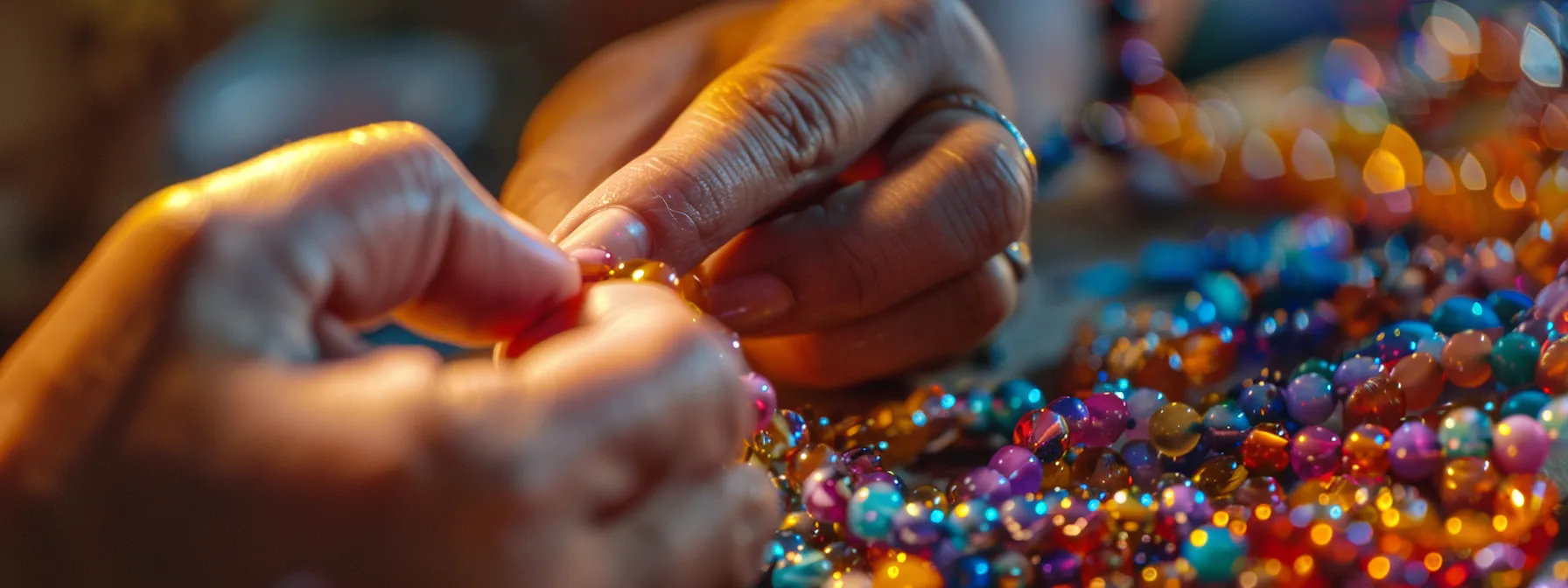
The craftsmanship in beading comes down to mastering a few basic techniques. Starting with simple stringing is ideal for beginners. This involves threading beads onto your chosen material in a sequence that forms the design. As you gain confidence, you can venture into more complex patterns and introduce different textures and bead sizes.
Learning to secure clasps and closures is another fundamental skill. Different types of clasps serve various functions and aesthetics, so understanding how to attach them properly can be a game-changer. Techniques such as crimping, where small metal beads are used to secure a clasp to the stringing material, are essential for finishing off a piece professionally.
Other techniques, such as bead weaving and loom work, require more skill and time but result in intricate, detailed pieces. Taking classes, watching tutorials, and experimenting are great ways to learn these techniques. Remember, every beader started as a beginner, and each project helps improve your skills.
Tips for Organizing Your Beading Workspace and Supplies
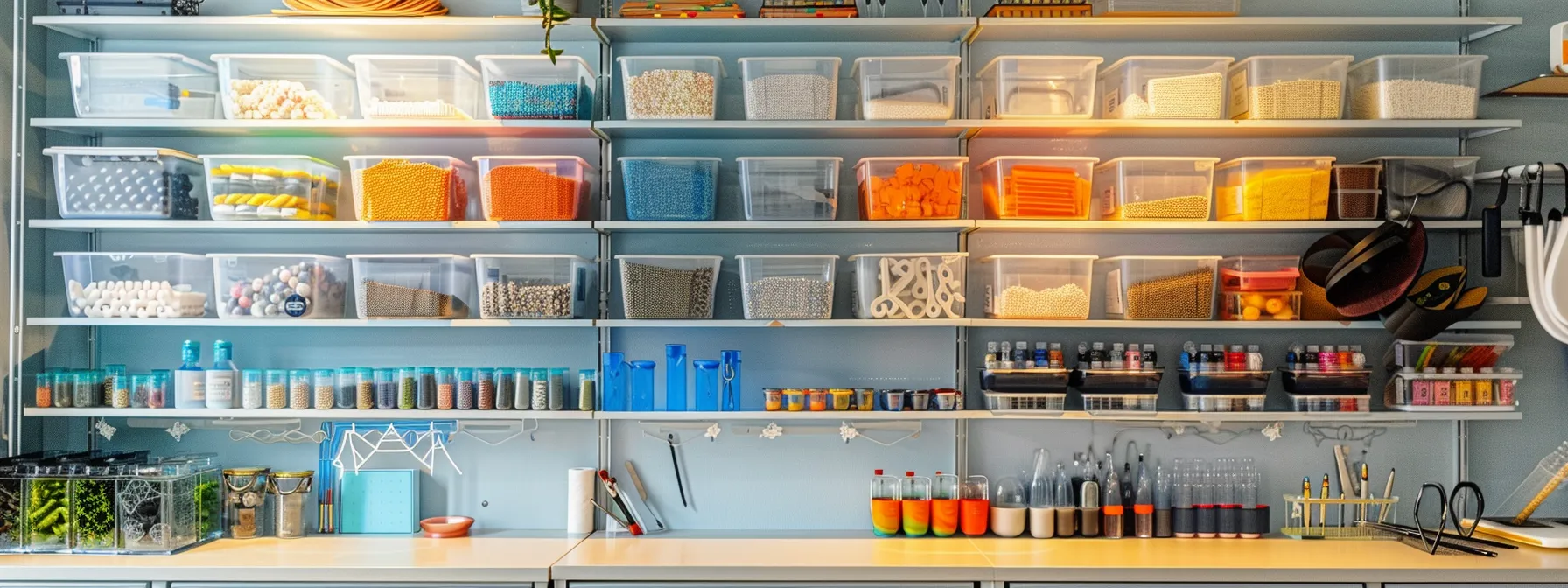
A well-organized workspace can greatly enhance your beading experience. Start by assigning a specific area for your jewelry-making activities. This doesn’t have to be large; even a corner of a room can be transformed into a productive space. Ensure the lighting is adequate to reduce eye strain and make working with small beads less challenging.
Sort your beads and tools in a way that makes sense to you. Some prefer to organize beads by color, others by size or type. Clear storage containers not only help you see your inventory at a glance but also protect your materials from dust and damage. Labeling these containers is a small step that can save time and frustration when searching for the right supplies.
Altogether, entering the world of DIY bead jewelry is a rewarding hobby that allows you to express your creativity through wearable art. With the right tools, understanding of materials, and organized space, you can create beautiful, handcrafted jewelry that is both personal and unique.

